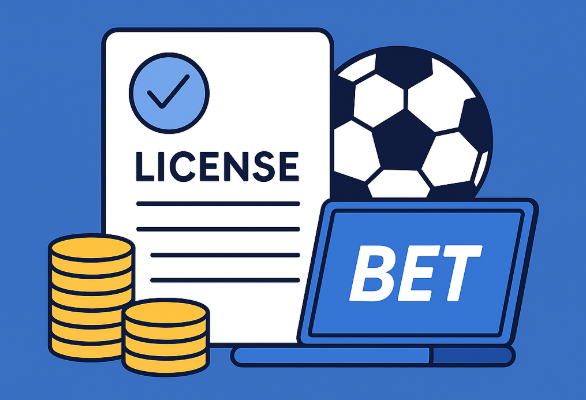Ice hockey moves fast — but the smartest bets come from slowing it all down. Beneath the chaos of flying pucks and high-speed collisions lie two subtle, game-defining patterns: line shifts and power plays. These often-overlooked dynamics offer serious edge for bettors who want to think beyond goals and winners.
Where casual punters focus on team names and final scores, sharp bettors read into ice time distributions, tactical rotations, and how teams manage momentum with (or without) a man advantage. If you want to understand hockey betting at a deeper level, this is where to start.
Line Shifts: The Rhythm Behind the Game
In no other sport are substitutions as constant and critical as they are in hockey. Players rotate in “shifts,” typically every 30–60 seconds, with full forward lines or defensive pairings jumping in and out like clockwork.
But there’s more than fatigue at play here.
Coaches use line shifts to:
- Match strength vs. weakness (top line vs. third pairing)
- Control game pace and tempo
- Protect struggling skaters from tough matchups
- Set up offensive or defensive momentum in specific zones
These strategic choices give away important clues to how a team is adapting in real time. Smart bettors use shift tracking to spot:
- When a team is leaning heavily on one line (signs of desperation)
- When depth players are suddenly logging more minutes (injuries or adjustments)
- Whether momentum is shifting based on line matchups, not just possession
Power Plays: Where the Ice Tilts
A power play changes the geometry of the game. With one team down a skater, everything from passing lanes to puck control shifts dramatically.
Yet not all power plays are created equal. Some teams are lethal with a man advantage; others generate chances without converting. The true value lies in efficiency, zone time, and conversion rate — not just the number of opportunities.
This is why sharp bettors don’t just ask “how many power plays?” — they ask:
- How efficient is the team in 5-on-4 or 5-on-3 setups?
- Who’s quarterbacking the play from the blue line?
- Do they use overloads or umbrella formations?
- How often do they allow shorthanded counters?
These are not niche stats — they’re predictive signals.

Table: Comparing Two Teams’ Power Play Profiles
| Team | Power Play % | Avg Zone Time | Top Scorer on PP | Shorties Allowed |
|---|---|---|---|---|
| Toronto Maple Leafs | 28.4% | 1:19 | Auston Matthews | 3 |
| Philadelphia Flyers | 17.2% | 0:58 | Travis Konecny | 7 |
This contrast shows how two teams might both receive 4 power plays — but only one is likely to capitalize in a statistically meaningful way.
What Bettors Should Track — Beyond the Scoreboard
The key to hockey betting is understanding how games are played between the whistles, not just how they end. Here’s a cheat sheet:
When analyzing line shifts:
- Monitor average ice time per player
- Note if one line dominates offensive zone starts
- Look for matchup manipulation (home teams have last change)
When evaluating power play impact:
- Focus on efficiency, not total attempts
- Check penalty kill structure of the opponent
- Watch for recent changes in PP units or coaching tactics
Combining these factors with in-play betting tools can help you react faster than the odds move.
Betting in the Details
Ice hockey will always be high-speed, high-impact but that doesn’t mean betting on it has to be chaotic. The edge comes from understanding how strategy unfolds shift by shift, and how opportunities emerge from penalty minutes and player matchups, not just the scoreboard.
If you want to elevate your hockey bets, start by watching how the ice tilts before the puck hits the net. In a sport of inches and seconds, it’s the smart read — not the loudest stat — that wins long-term.





